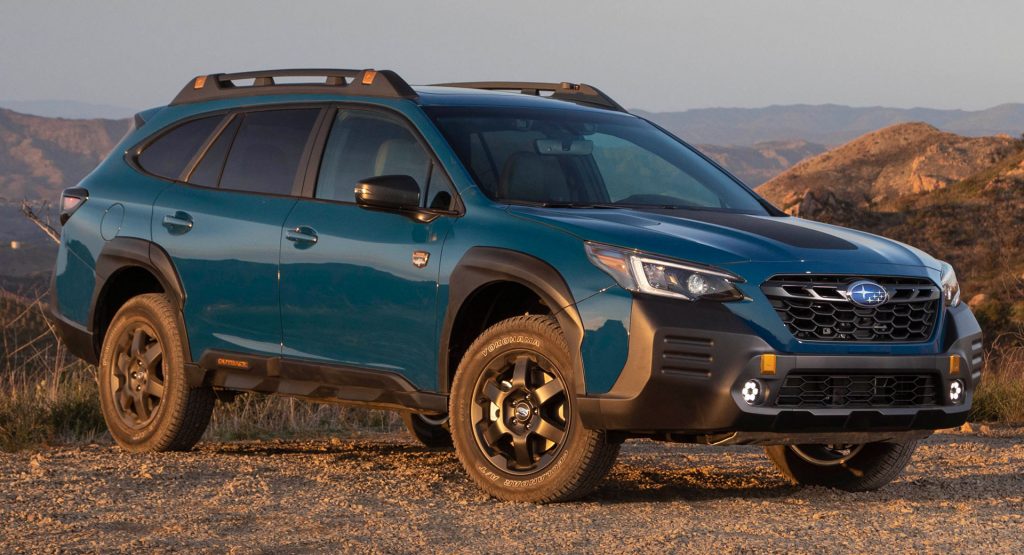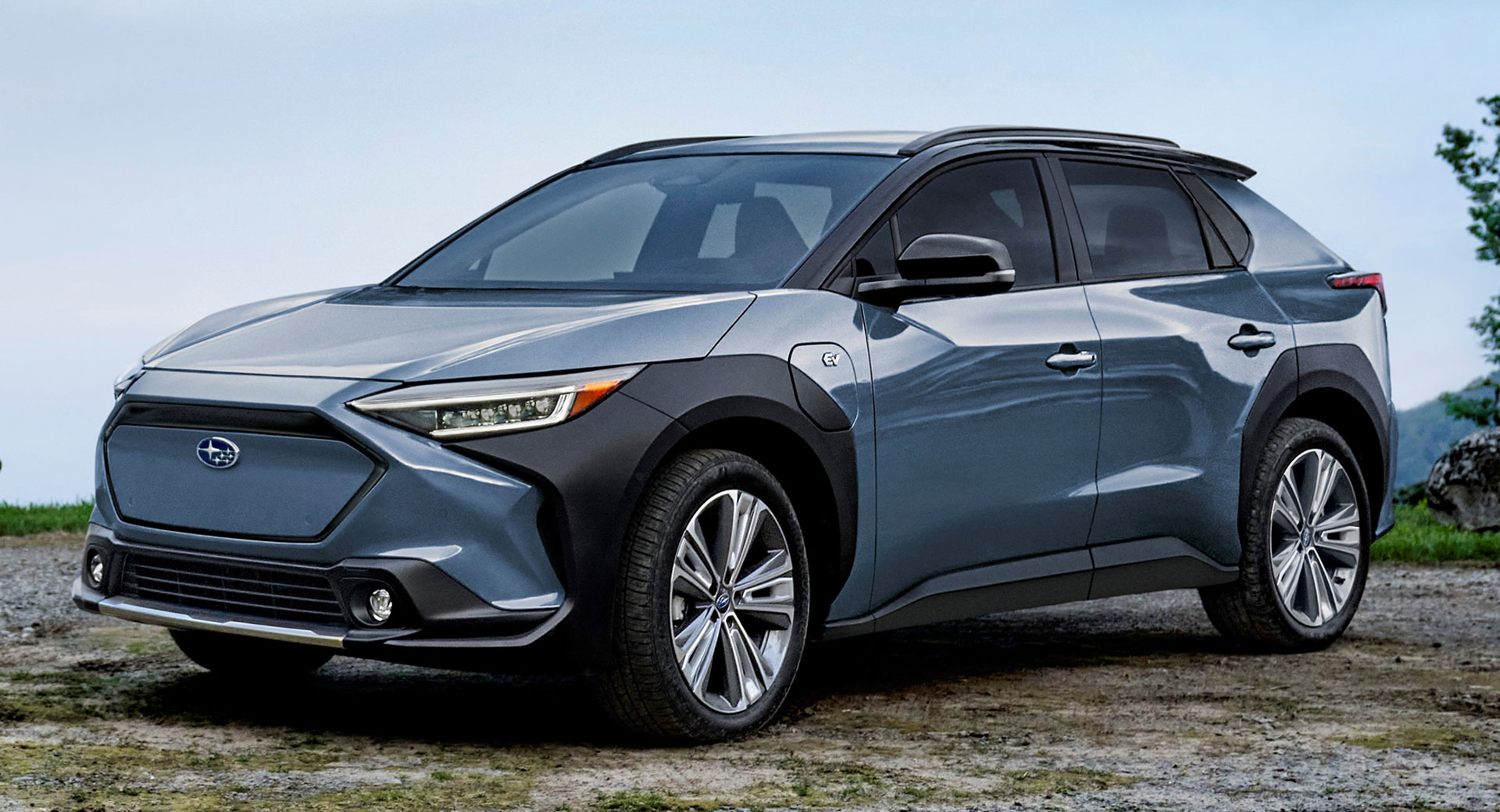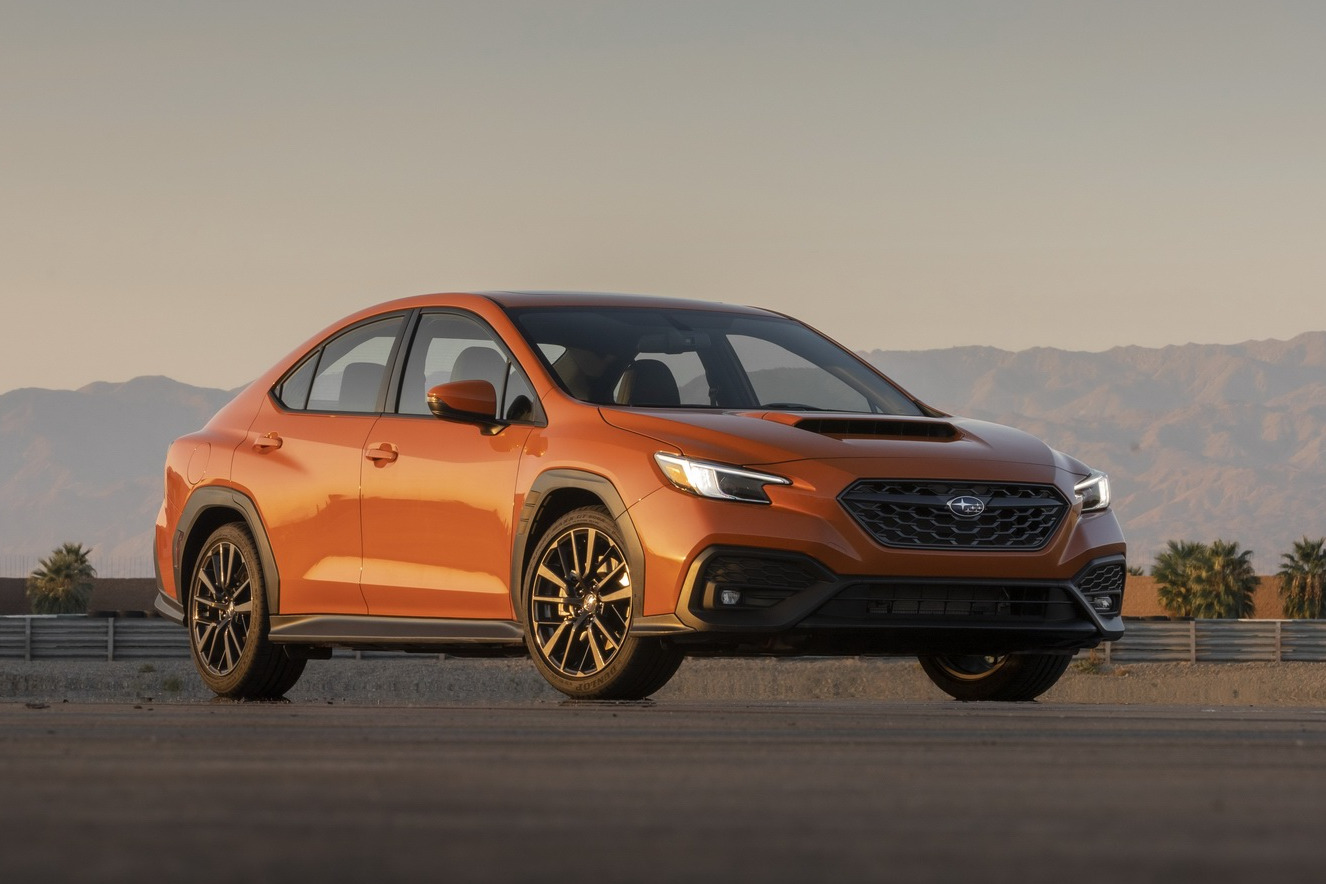It’s the kind of news that should have Subaru jumping for joy. Customers in the U.S. are liking what they’re seeing in dealer showrooms, getting out their wallets, then heading home to wait for delivery.
But they’re looking at a long wait. Subaru is currently sitting on a bank of 45,000 unfulfilled orders in the U.S. and that backlog is growing by 10,000 per month because the Japanese automaker is struggling to get to grips with supply problems caused largely by the semiconductor shortage. In September, Subaru was forced to idle all of its Japanese factories for four days.
The findings were reported by Automotive News, which highlighted that the 45,000 backlog far exceeds the 36,000 vehicles sold by Subaru’s U.S. dealers this past October. The company’s CEO, Tomomi Nakamura told the news site that it could take a year to rebuild inventory to pre-crisis levels. Subaru normally has an inventory covering 45 days of supply, but the story suggests the company is currently operating on a five-day supply.
Related: Subaru Poised To Post First Back-to-Back Sales Decline Since 1995
The combination of the COVID-19 pandemic and semiconductor supply problems has put an end to Subaru’s long run of success in North America. The company had registered 11 consecutive years of record sales in the U.S. up to 2019, and was on course to continue that success into 2020 and beyond.
But sales slumped by 13 percent in 2020, and will almost certainly be lower again this year. If that happens, Subaru will have suffered its first back-to-back sales decline since the mid 1990s. Most carmakers have been hit with similar problems, but Subaru has struggled harder than others to deal with the semiconductor crisis. In contrast to Subaru’s sales decline, Toyota, Mazda, Honda, Hyundai and Kia have all reported sales rises so far in 2020.
If there is an upside to this, it’s that Subaru is at least building cars that people want to buy. And with new metal like the Solterra EV, BRZ sports car and WRX on the way, the sales curve should bounce skywards as soon as Subaru can get a handle on its supply.






